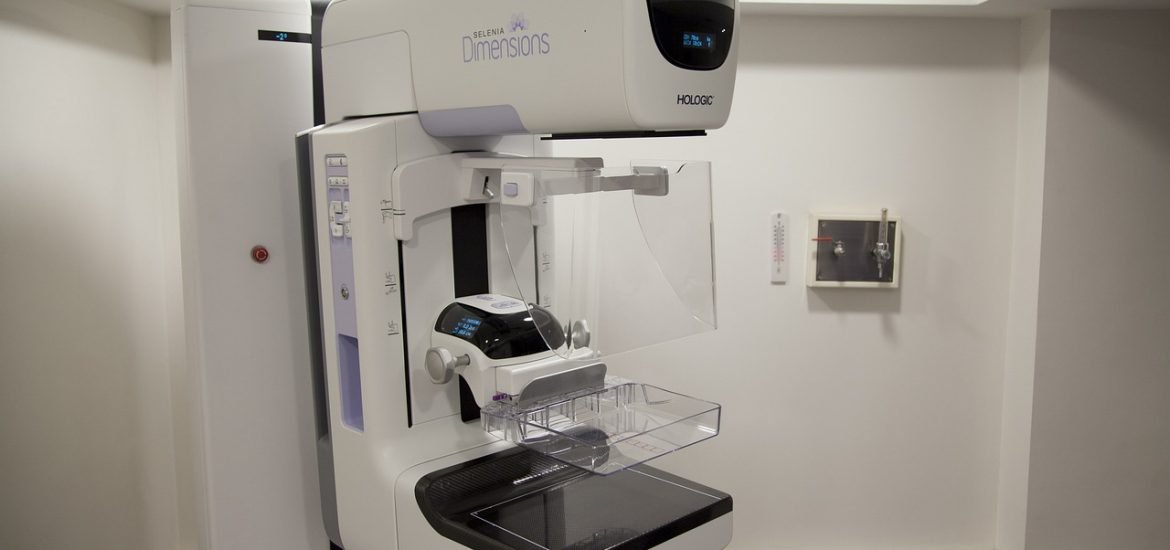
One radiologist supported by AI can detect more breast cancer cases during screening mammographies than two radiologists working together, according to a study published in the Lancet Digital Health. Researchers from the Karolinska Institutet in Sweden say AI is ready to be implemented in breast cancer screening.
For over 30 years, doctors used screening mammographies to detect cases of breast cancer and reduce mortality rates. However, this method still can’t detect all cases. Many defend that Artificial Intelligence systems could help address this issue. “AI and humans perceive images slightly differently, which creates a synergy that improves our chances of detecting cancer,” said first author Karin Dembrower, affiliated researcher at the Department of Oncology-Pathology, Karolinska Institutet.
Normally, two radiologists assess every exam. Instead, in this study, the team used one radiologist and AI to determine which women should be called for further investigation. Looking at how many women were actually diagnosed with breast cancer, the researchers compared how standard method with two radiologists compared with one radiologist and AI. “We wanted to examine how well two radiologists performed compared with one radiologist and AI, and AI alone,” said Dr. Dembrower.
This study was conducted at Capio St. Göran’s Hospital in Stockholm between April 2021 and June 2022. Over 55,500 women between the ages of 40 and 74 were screened.
The standard approach using two radiologists detected 250 cases of breast cancer, AI alone detected 246, but combining one radiologist and AI produced the most accurate results, detecting 269 cases of breast cancer. “Compared with the current two-radiologist standard, assessment by one radiologist and AI resulted in a 4% increase in breast cancer detection and halved the radiologists’ image reading time,” said principal investigator Fredrik Strand, radiologist and docent at the Department of Oncology-Pathology, Karolinska Institutet.
Using AI also reduced the number of false positives, sometimes by more than 50%. This is good news because it avoids recalling healthy women and causes unnecessary suffering and cost. “It’s clear to us that for screening mammography, one AI-supported radiologist is a better alternative than two radiologists without AI,” said Dr Strand. “Unlike a previous study from Lund University, this improvement is statistically validated in ScreenTrustCAD. Even if AI takes over much of the initial examination, a radiologist is needed to make the judgment before any patient is recalled for further investigation, and, if necessary, to take biopsies from suspicious breast areas.”
“Our study shows that AI is ready for controlled implementation in screening mammography. However, you must choose an AI system that has been properly tested on images from the same type of mammography equipment and ensure continuous monitoring after clinical implementation. In the longer term, AI has the potential to take over the majority of screening mammography assessments,” concluded the researcher.
Dembrower K, Crippa A, Colón E, Eklund M, Strand F (2023) Artificial intelligence for breast cancer detection in screening mammography: A paired-readers prospective interventional screen positive trial. The Lancet Digital Health, doi: 10.1016/S2589-7500(23)00153-X